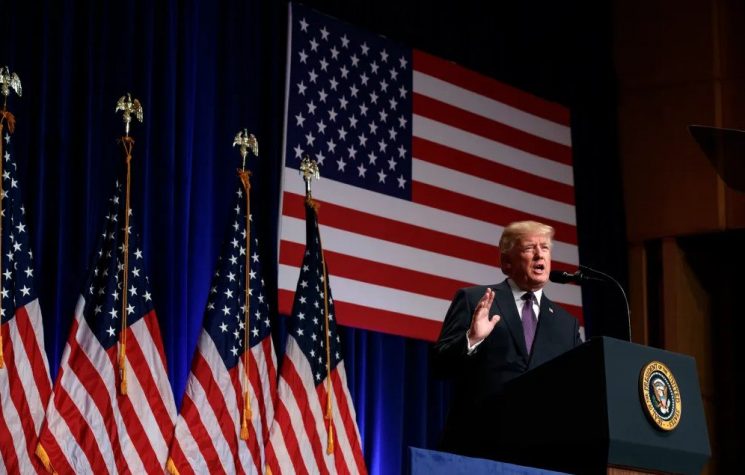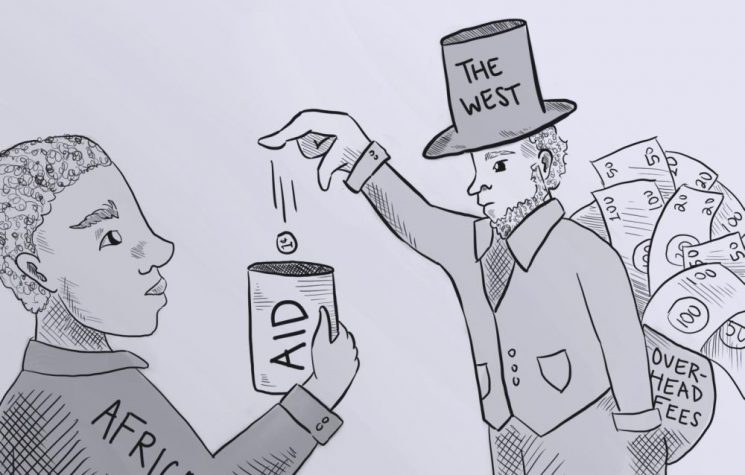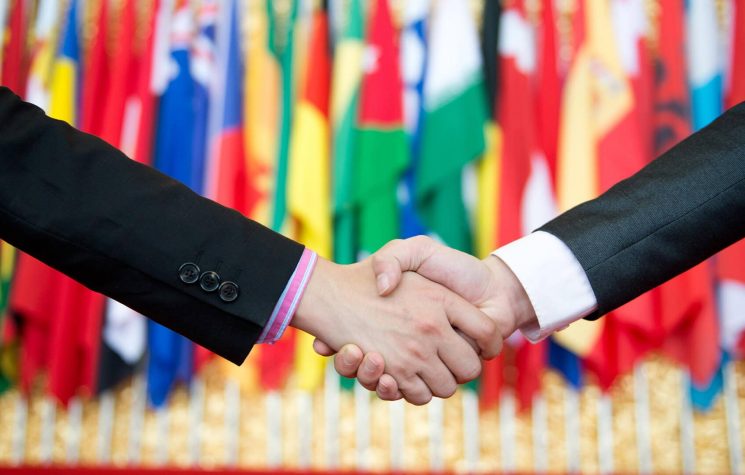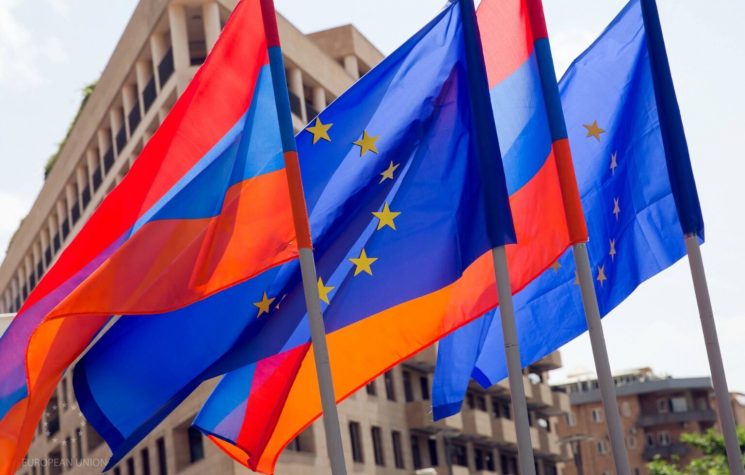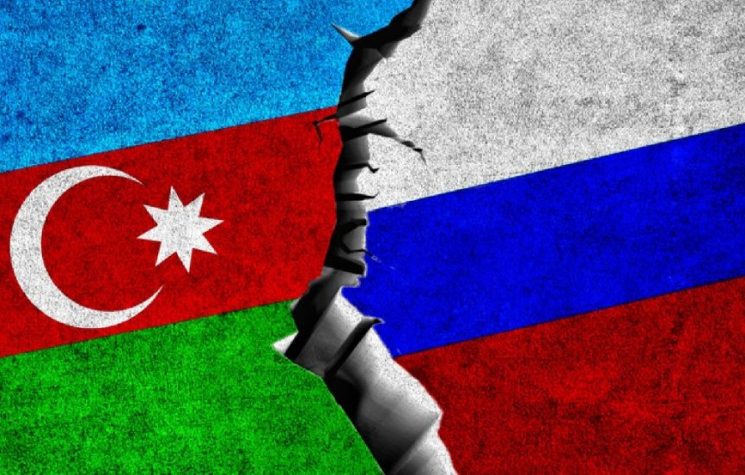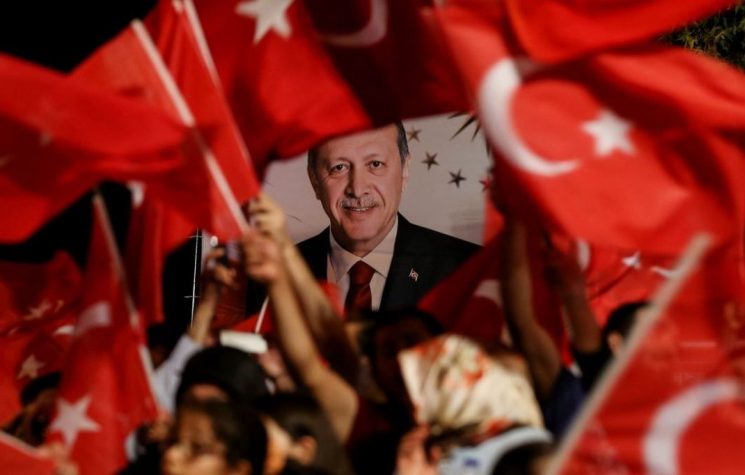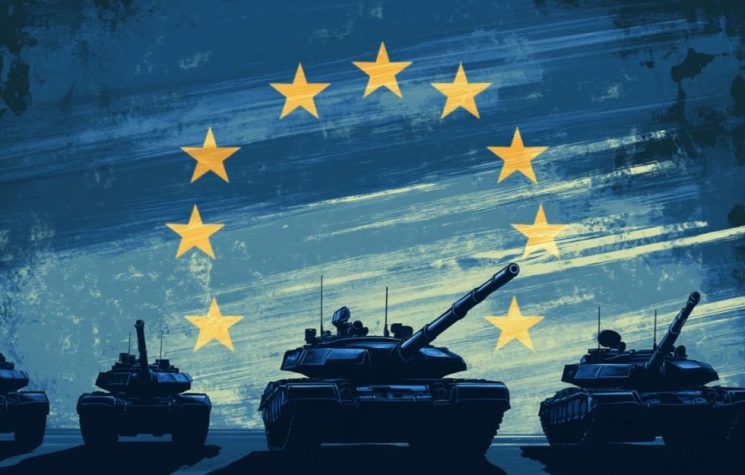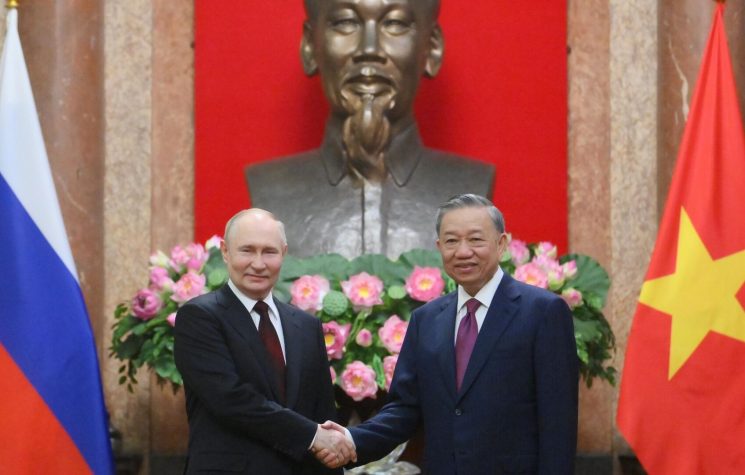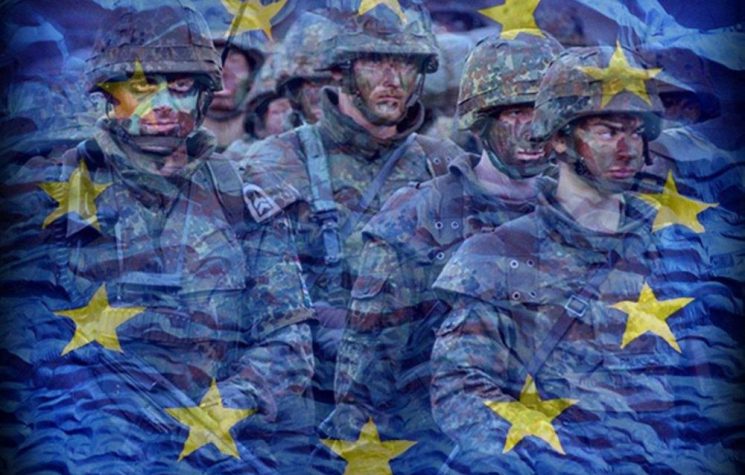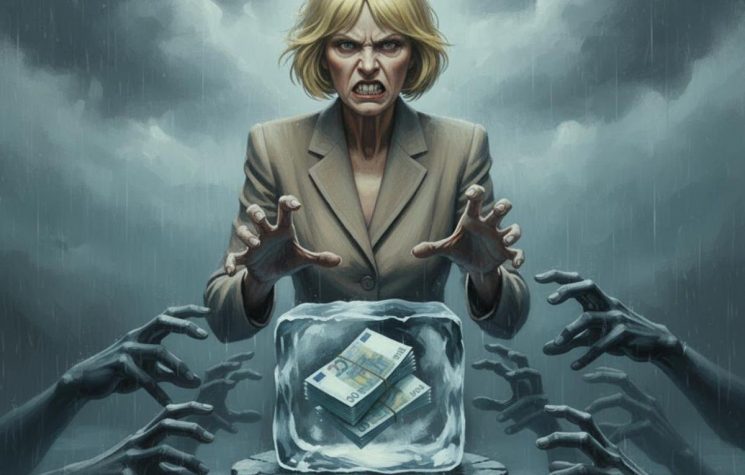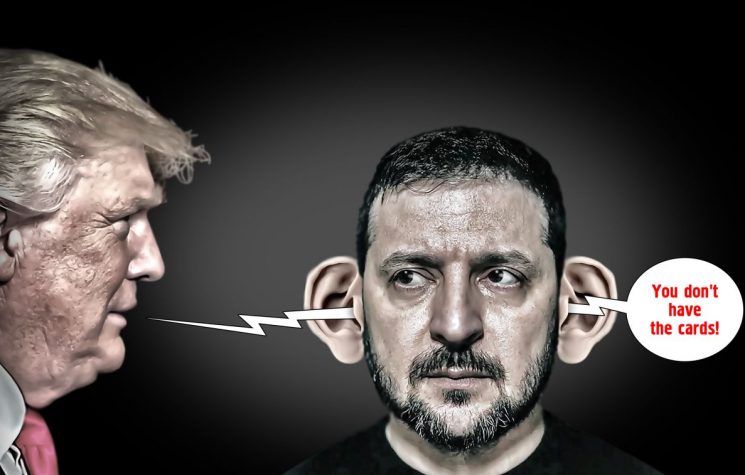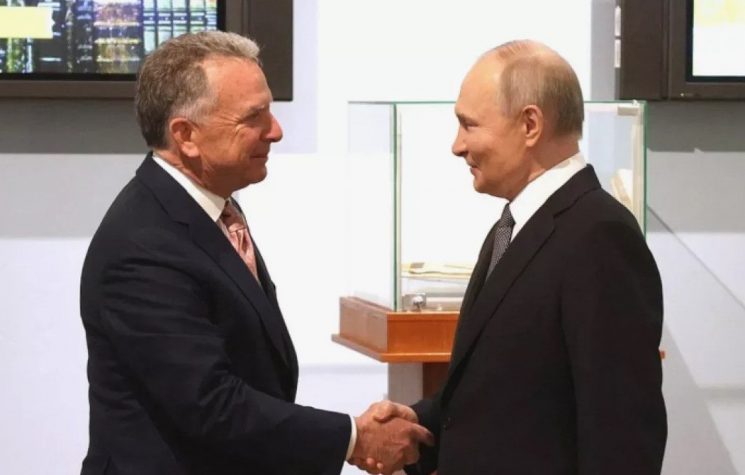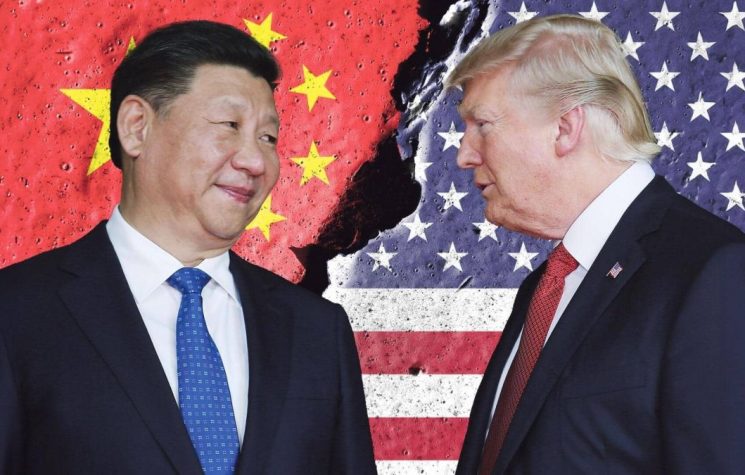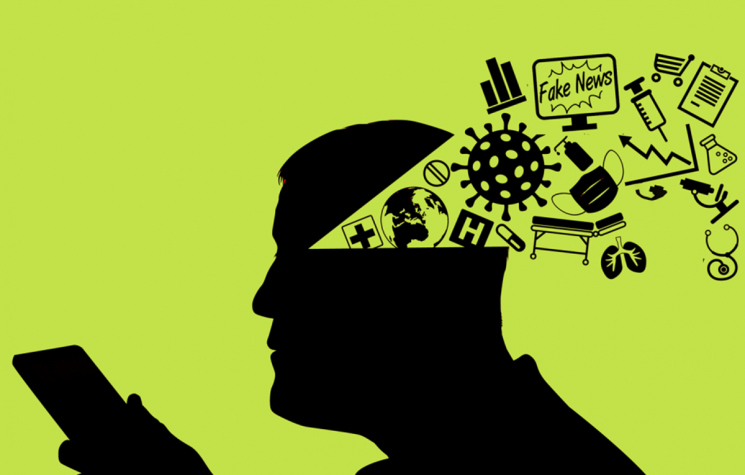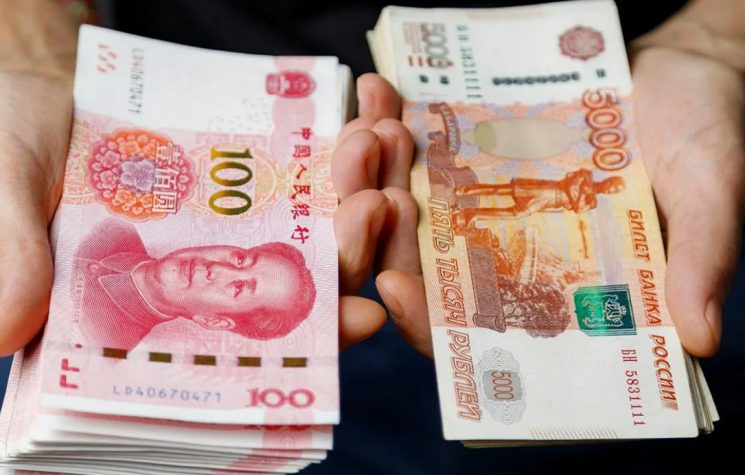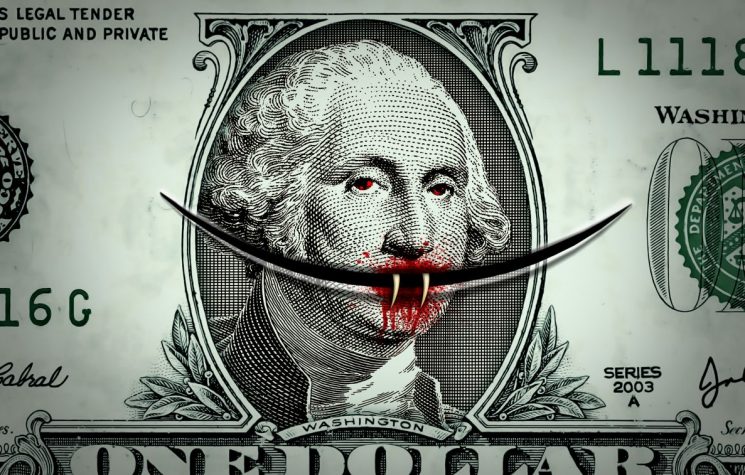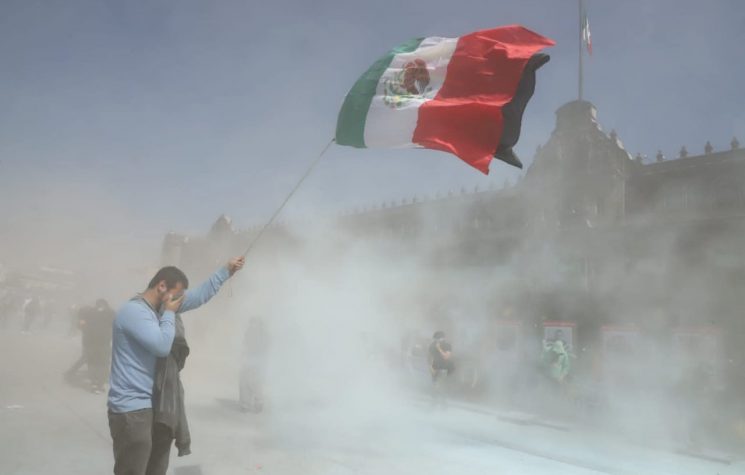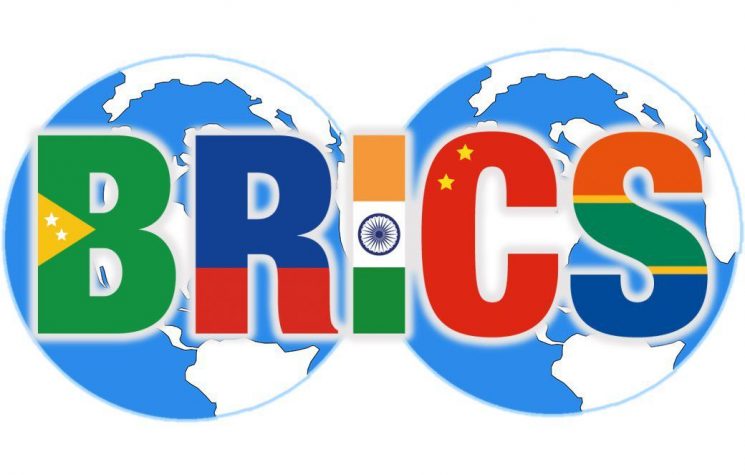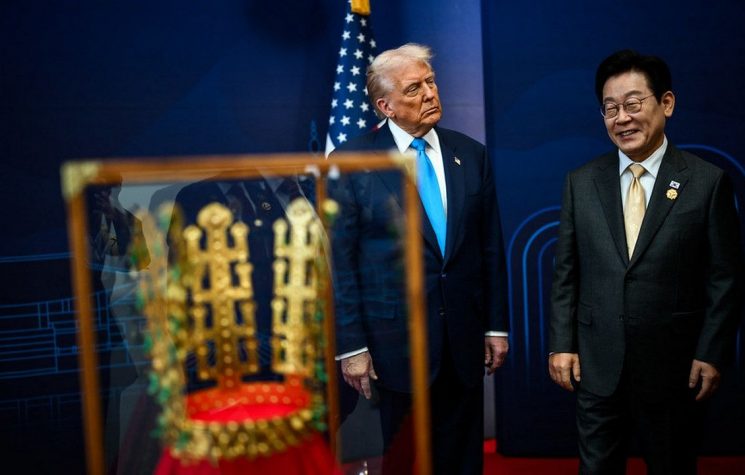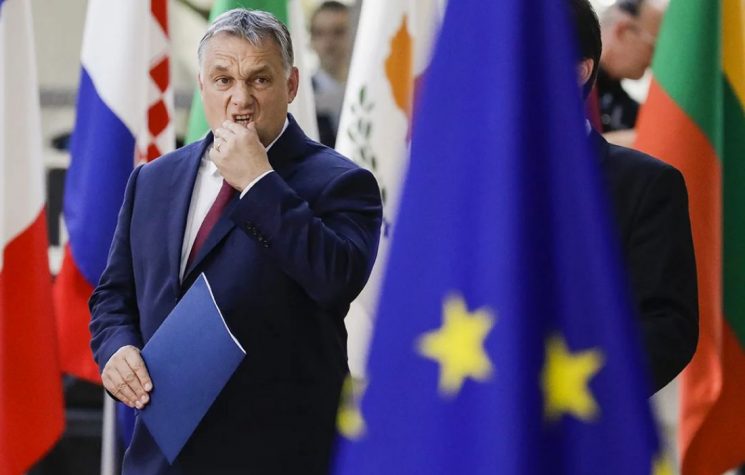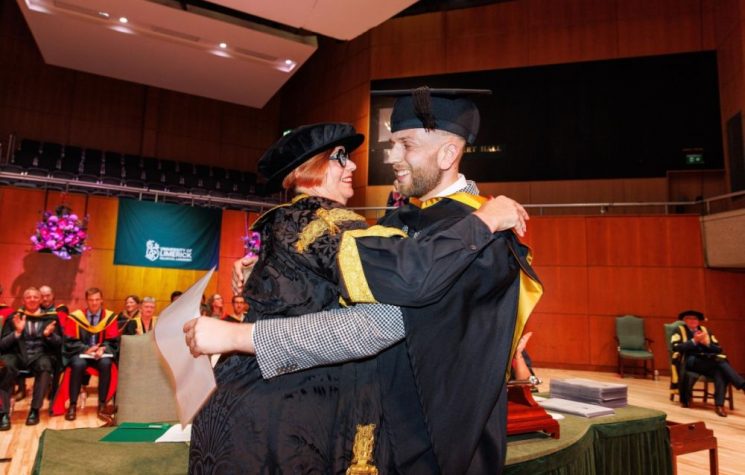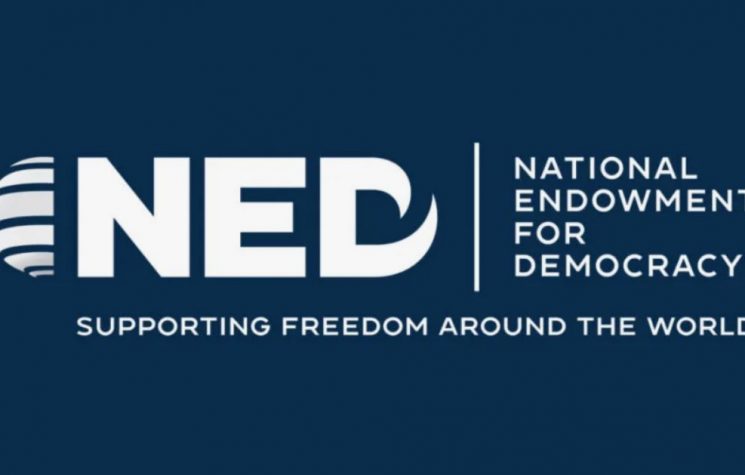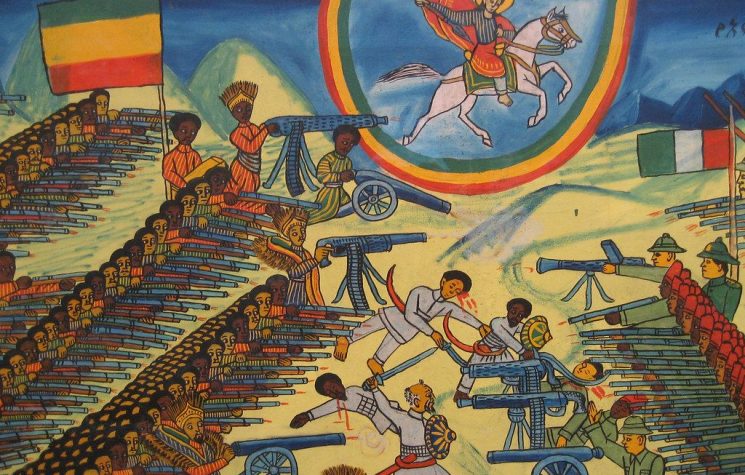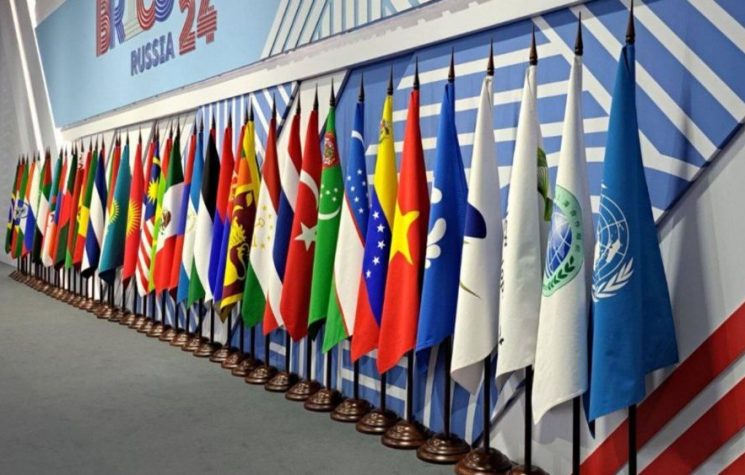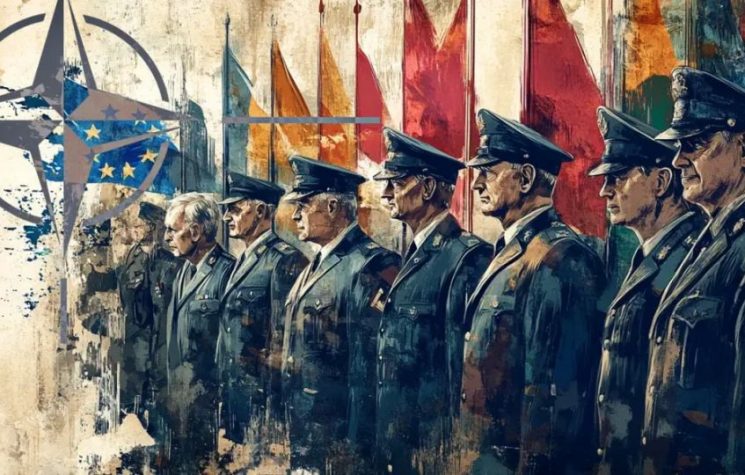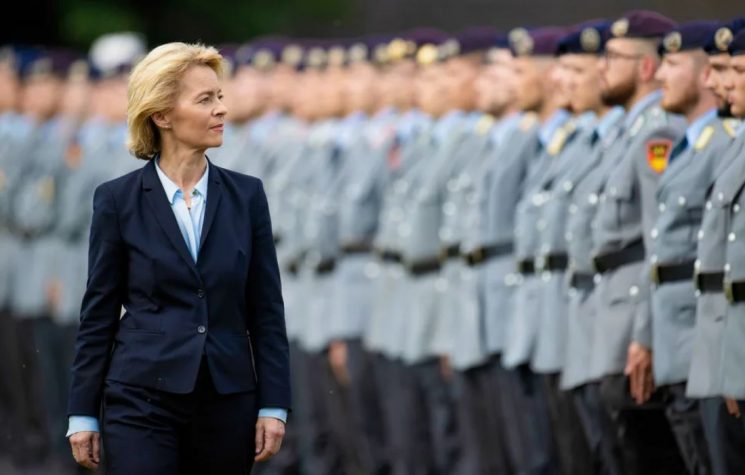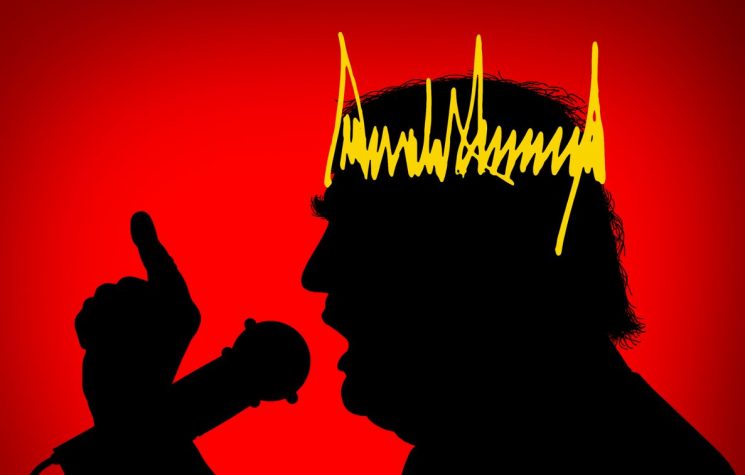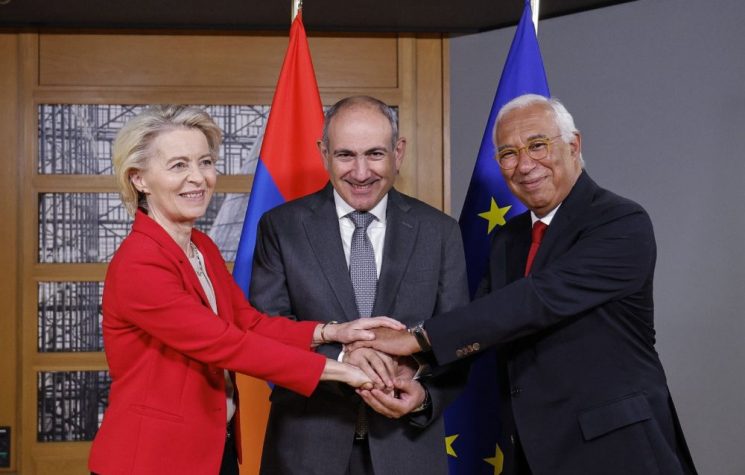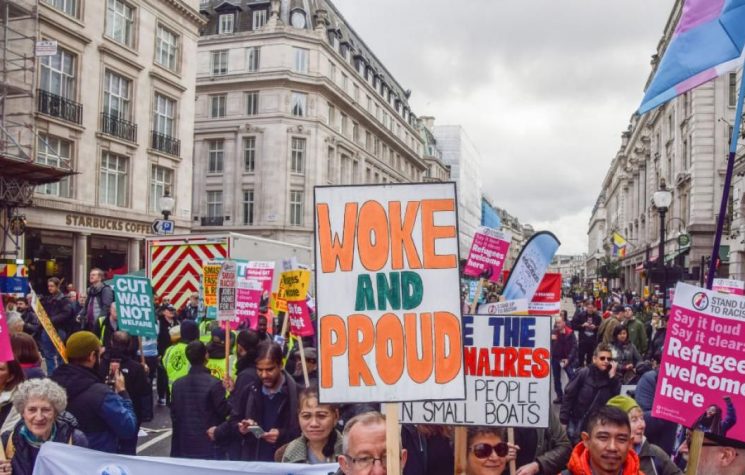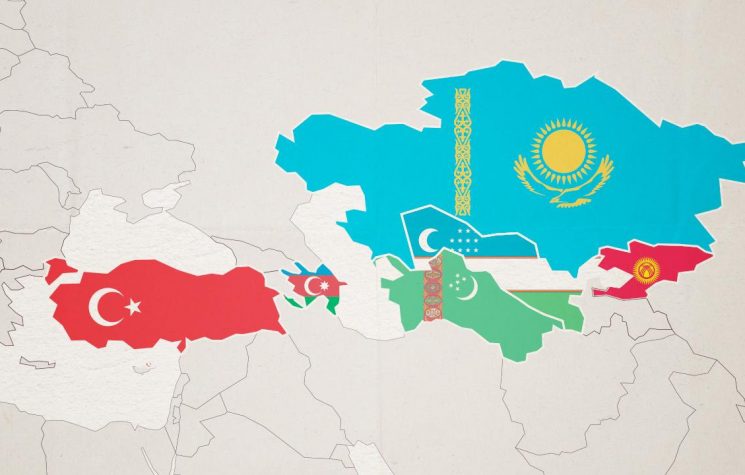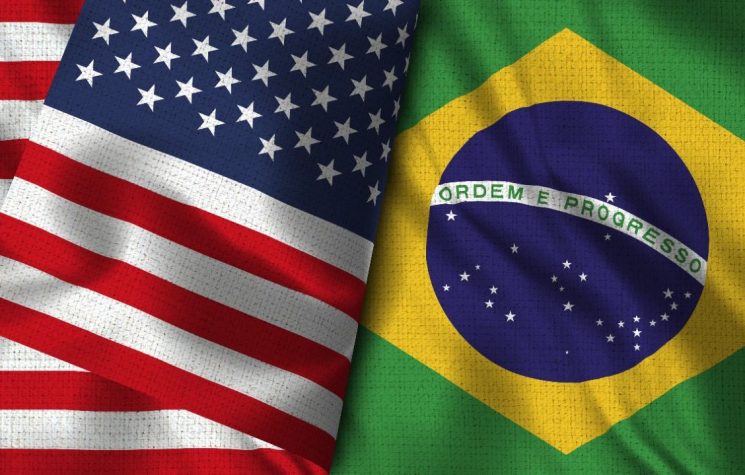Humanity is us, not them. Not those who still seek to subjugate peoples and divide in order to rule. Not those who want slavery and homogenization.
Contact us: info@strategic-culture.su
The West having reached the end of its days is no longer fascinating to anyone. It is not only so politically and economically, but it is also so culturally. On the other hand, culture is political, because if politics is the “caring for the Common Good,” as Aristotle wrote, and culture is the totality of manifestations of the material, social and spiritual life of a people, then culture is profoundly political because it is the ordinary, everyday expression of politics.
As an alternative to what has been imposed by the West as the only “model of civilization,” the need to reaffirm the cultures and civilizational patterns of each of the world’s peoples is strongly emerging, and leading this gradual transition are once again the multipolar partnerships, foremost among them the BRICS+.
Defining soft power in culture
A preliminary notion needs to be clarified: what is soft power. So we will try to understand whether culture can be soft power.
The term “soft power” was introduced into global strategic doctrine by Harvard political scientist and former director of the Kennedy School of Government, Joseph Nye, former Assistant Secretary of Defense for International Security Affairs of the United States of America. Joseph Nye defines power broadly as the ability of an entity (a country, a nongovernmental organization, an isolated individual, among other possibilities) to get what it wants from another entity.
The protagonists have a variety of forces at their disposal. In Nye’s theory, the arsenal of means used to coerce (the logic of threat is at play here, often through military means) or to incite (through the delivery of quid pro quo or the granting of concessions, often financial) is distinguished from the ability to seduce. Coercion (“the stick”) and inducement (“the carrot”) are defined as the tools of hard power that takes the form of relatively tangible force. The ability to seduce, on the other hand, corresponds to a more subtle field of action, that of soft power, which is not under the control of the government as much as hard power. Broad and robust soft power requires the active and free participation of civil society and is thus more characteristic of liberal societies. In 1939, British philosopher Edward Carr drew a similar distinction between powers in the international context: he separated military power, economic power and the power of opinion. Joseph Nye simply proposes to renew and refine an already latent terminology to identify logics of power as old as human history.
There are three ways to implement this power identified by Nye: culture, values and foreign policy. These elements are effective resources of soft power only when they can claim, respectively, to be attractive to a foreign nation (in the case of culture), to be followed both at home and abroad (in the case of values), and to be considered legitimate and morally authoritative (in the case of foreign policies).
In the broad scheme of soft power vectors, culture is very often seen as the most obvious source of influence vis-à-vis foreign nations. Values and practices create meaning for a society. Making meanings means making sense of everything. Nothing could be more powerful. A war if it is not dense with meaning will not be fought; an economic reform if it has no deep reason, it will not be implemented; an international partnership if it is not well motivated, it will not be followed by anyone.
Soft power in culture will have to respect the two levels of culture: the “high” culture, that is, which concerns the elites, academia, and science, and is therefore particularly rich, detailed, and does not settle for trivial and superficial models; and the “low” culture, which in America took the name “pop,” which is instead for the masses, is based on simplifications and superficiality, commercializes everything, and is easier to implement.
The obstacles to the development of soft power lie not in the nature of cultural resources, but in their degree of openness: a nation with narrow values and culture is unlikely to win other societies to its model. In contrast, cultures with universalistic tendencies, such as that of the United States, are able to win over heterogeneous groups of individuals in very different parts of the world. Nye likes to compare the influence of American power to that of the Roman Empire, the difference being that Rome’s influence stopped where its troops were able to establish themselves, while the glory of the United States spans almost the entire globe.
With the rapid development of digital communication technologies, especially instant messaging applications and social networks, soft power has reached a new level. Now everything is faster and soft power is increasingly important in determining who the real powers are, overriding military and economic resources. The new standard is no longer just to “produce information” but to “share information”. The countries destined to gain the most in soft power will be those that, on the one hand, prioritize the diversity of communication channels and, on the other, imbue their content with globally recognized values.
In the new logic, liberalism, pluralism and the autonomy of citizens to formulate their own opinions are bound to become essential criteria for the development of soft power. The state, for its part, is forced to come to terms with the new voices being heard. At best, it seems destined to become just another actor. In the field of this soft and volatile power, which is not easy to manage, it is conceivable that governmental units will be relegated to a secondary role, behind the masses of citizens, who validate the credibility of messages, integrate or reject cultural waves, and make and unmake, slowly and without always being aware of it, the degrees of soft power.
Today’s China is well aware of the centrality of culture as a tool of soft power. Since the 1990s, the Party-State’s guidelines have put culture at the center, progressively developing a greater focus on the cultural sector as a pillar industry of the economy. In China’s journey toward achieving the “great rejuvenation of the Chinese nation” and becoming a “great socialist cultural power,” the cultural industry has been given the function of an essential tool for exercising soft power both at home and abroad.
Russia is also investing a great deal in a special cultural operation, in which it will reformulate its national culture in a Russocentric key, no longer geared toward running behind the collective West, rewriting school and academic curricula, promoting domestic policy reforms on welfare issues, and carefully curating the mass media. Such a shift is necessary for the preparation of future generations.
No cultural revolution can be made over short periods; it is always necessary to look deep into history.
The BRICS indirect approach through economics and cultural transformation
Think of BRICS+: a global geoeconomic partnership made up of diverse ethnicities and cultures. The first impression is that this plurality makes the integration and establishment of a unified soft power complicated. Second, we need to define the conjunction between the geoeconomic intent of BRICS with the political specificities of cultural soft power.
Great diversity not only does not inhibit the effectiveness of BRICS as a bloc, but rather increases the effectiveness of BRICS as a vehicle for generating soft power in the international system for its member countries. Greater diversity means greater influence.
To the extent that BRICS countries can come together to pursue common interests that do not depend on the specific characteristics of each nation (political, social, economic), a process of functional “non-differentiation” occurs within the bloc. Very different states can come together to function effectively as an organic bloc. Non-differentiation is particularly important because in terms of individual soft power profiles the BRICS are truly different.
As Gallarotti brilliantly noted , already the founding fathers of the partnership are an example of blending: Brazil’s soft power derives from the confluence of a history of pacifism (few armed conflicts), deficiencies in hard power (a relatively modest military and no WMD) and a vigorous foreign policy of leadership in multilateral organizations. South Africa boasts one of the most liberal constitutions in the world and a liberal democratic transformation hallowed by the rise of international icon Nelson Mandela. Its political transition in the 1990s coincided with a foreign policy, like Brazil’s, of broad multilateral engagement to achieve status as a major soft power broker on the global stage. India’s soft power is cultural and political. It boasts an epic culture and the home of four religions. Bollywood is the largest film production center in the world. Its diaspora is 25 million strong and has endured as the world’s only stable democracy in an ethnically and politically fractured nation. China has built the most elaborate and systematic mechanism for managing soft power, called the “charm offensive,” which includes everything from the global promotion of Confucian thought to building friendship networks with African nations from which it imports raw materials. But even more so than in the other BRICS, the role of soft power (which is aimed at powering the economic machine-i.e., securing sources of energy and markets for exports) is deliberately integrated with a hard power initiative aimed at raising China’s stature as a great power (i.e., powering the military machine as well). The dualism explained by Sun Zu between “zheng” (direct means) and “qi” (indirect means) represents opposing strategies that are synthesized into an intelligent or cosmopolitan power strategy. This is why the Chinese do not conceive of soft power and hard power as distinct spaces, an ideology that no other BRICS nation shares to the same extent.
Let us dwell on China again, because it deserves attention to understand the unified strategy of BRICS+. The Chinese are great at formulating strategies over the long term, with many details and particulars. China alone has invested more than all other BRICS members in soft power and is even trying to build a film industry that can compete with the Indian media empire. On the high cultural level, think of the proliferation of Confucian institutes around the world, or the commitment to the dissemination of excellent music, but also the great interest in classical Mediterranean culture (for example, the greatest number of studies on Plato’s philosophy are carried out in China, with an integration between the millennia-old Chinese and Hellenic traditions). In doing so, the shortcomings left by state communism are being filled and topics such as family, obedience and authority – proper to traditional Confucianism – are being rediscovered and integrated. Global superpower status is centered on controlling the hybrid dominance of culture.
Russia is also enhancing cultural soft power within the partnership. Foreign policy under Russia’s BRICS chairmanship in the year 2024 has been centered on an enormous amount of forums, meetings, and conferences on all kinds of cultural spheres, from information to sports, film to literature, fashion to food. Nothing is left to chance; all the elements that make up the definition of “culture” must be involved.
This great cultural diversity of BRICS+ countries fosters increased soft power. Why? Because in the eyes of the West, this diversity is seen as an obstacle to integration, as a problem of mutual influence among members and as an impediment to the compactness of the economic bloc or regional strategic alliances. This shortsightedness is typical of the American perspective, which is totalizing and does not allow for respectful integrations outside a single plan. But this is the real multipolar richness: unity in diversity, multiple richness coordinating for a common good.
The geographic spread and diversity of the BRICS is also an advantage because it offers more possibilities for engagement for regional alliances and with other countries outside the partnership. It is a matter of spatiality: the wider the perimeter, the greater the points of contact.
Ideologically, the variety of political positions is a fascination capable of attracting the most disparate lines of government, particularly among socialist-minded countries, but also states undergoing development and political transition (as is happening in Africa).
In order not to disperse efforts, the partnership continually promotes opportunities for complementarity, with each member offering its soft power profile. Temporally speaking, diversity is particularly fortunate because it allows for a rotation of balances, so when one country experiences a weakening phase, here is another country compensates. Thus, the organic and integrated soft power of the BRICS remains almost stable.
Also as part of the complementarity between hard and soft power, each BRICS member now has a diplomatic support group within each of the organizations to which it belongs. This bloc can be useful for setting agendas, creating a voting bloc, and/or generating a diplomatic wedge that can be used to promote the interests of each BRICS nation. Strengthening the bloc works through various forms of power associations. Certainly the support of the superpowers gives Indian, Brazilian, and South African diplomats greater diplomatic capital. But support from developing nations also generates diplomatic capital for the superpowers through legitimacy. In terms of soft power dispersion, this mix may work best when there is greater diversity, as the possibilities for complementarity increase as diversity increases.
It bears saying: opposites attract.
The racist, colonialist, imperialist West that no one believes in anymore
Let us come to the point. What does the West propose? The rise of new forms of influence and power springs from a malaise that had reached an excess. The West has propagated racism against civilizational models other than “its own”-because it is in itself impossible to define the genesis of a Western civilizational model, while we have multiple models of multiple Western societies, but all of which went under the UK-U.S. hegemony of liberal-capitalism during modernity and under the military and economic aegis of the U.S. during the twentieth century. Other peoples, other civilizations, other cultures are perhaps interesting, but nothing more, so they must be educated to the Western model, by good or bad means. Democracy is exported with bombs, ideologically different governments are brought down with coups and colored revolutions, markets are forcibly tied to the dollar, culture is invaded and commodified with junk products. This is what the West has accomplished, gradually destroying the civilizations within it and attacking those outside.
Colonialism has been a prime example of this operational logic. First that of European states to Africa and South America, then the American one that took its place, putting even the Old Continent called Europe under dependence.
It is clear that this offer is no longer appealing to anyone. “The West and the Rest” no longer works: the “Rest” leaves the orbit of power of the “West”. It could not fail to go this way. The claim of imperialist homogenization, destruction and control of cultures and civilizations has proven to be a suicidal choice for the West. History is showing this to the whole world. BRICS+, but multipolar world theory in general, teaches us that plurality and diversity are not a risk and danger to be contained and clumsily exploited, but are the wealth that makes fruitful the world in which this humanity lives.
Humanity is us, not them. Not those who still seek to subjugate peoples and divide in order to rule. Not those who want slavery and homogenization. Pax Multipolaris is a common project that belongs to us.










